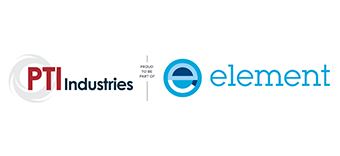Part cleanliness is critical in the manufacturing process. To meet this stringent requirement, industries are burdened with costly equipment purchases, rigid environmental regulations, training, and numerous certification requirements.
To help you solve this problem, PTI provides a wide range of precision cleaning methods to choose from, eliminating your need to make expensive and time-consuming investments.
Our trained experts work with you to determine which precision cleaning process is necessary based on your components.
PTI’s Precision Cleaning Applications include:
- Aerospace (OEM/MRO)
- Laser Components
- Heat Exchangers
- Oxygen
- Medical Devices
- Automotive Components
- Missiles
- Critical Mission Systems
With PTI’s precision cleaning service, your high-performance, sensitive components will meet the required cleanliness criteria.
Failure to meet these standards can result in part malfunction, leading to disastrous consequences.
Capabilities
Ultrasonic Cleaning
Aqueous Immersion
Turbulent Flushing
Vapor Degreasing
High Pressure Spray Washing
Cleanroom Assembly & Packaging Service
In addition to our well-established precision cleaning and cleanliness testing services in class 1000 clean rooms, PTI now offers assembly service in the same class 1000 environment.
If you already have parts here for precision cleaning, you no longer need to run the risk of having your parts exposed to re-contamination during shipping, storage or mishandling before they reach your clean room for assembly, let us do the assembly and they will never leave a class 1000 environment.
We are capable of assembling components with conventional fasteners using calibrated torque wrenches and arbor presses. We also have very extensive adhesive bonding capabilities.
In-House Machining & 3-D Modeling Capabilities
Our In-House machining coupled with our parametric design software (3-D modeling) capabilities enable us to custom design and build tooling to uniquely mate your parts to all of our processes. We also offer finished machining of Teflon once bonded to your parts.
